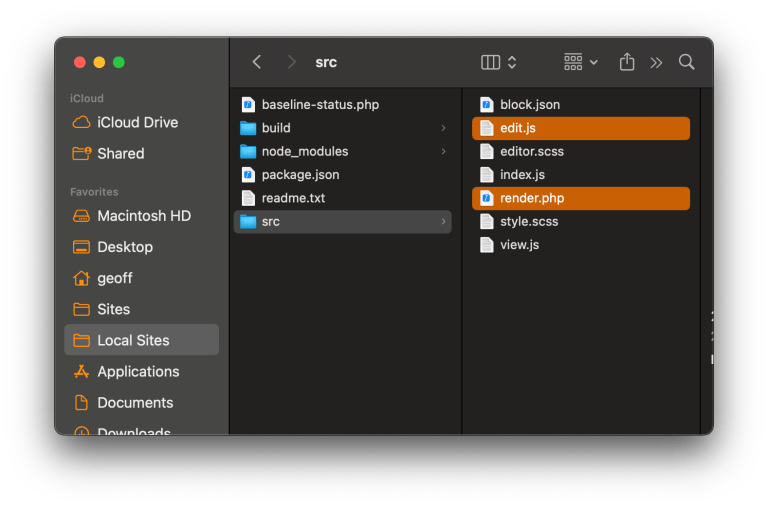
When it comes to work, it never made much sense to give away all your secrets. The predominant culture of information hoarding and hiding exists partly because many of us live in fear for our jobs:
If I tell everyone exactly how I do my job, they can just get rid of me!
If you don’t get along with your boss, they might fire you — so you try to make yourself as invaluable as possible. If you’re an expert, if you’re “irreplaceable,” then perhaps they’ll think twice.
Now, imagine this instead: Your company spent a lot of money to find you, test your skills and experience, and then hire you, with the expectation that you’ll work there for 5 years, 10 years, or even 20. It would take more than a personality clash with a superior to send you packing.
If we design work to be a place where everyone is a grown-up, and where our relationships are built on trust, mutual respect, transparency, and long-term commitment, then we can free ourselves from information hoarding.
Distributed work is most successful when we move information out of private silos, like email and phone calls, and share it freely and transparently across the company. It starts with each person documenting their work so that others can gain a deeper understanding into what is happening (and how they might contribute to solving a problem). Our colleague Sara Rosso described it like this:
Work as though you’re constantly training your replacement: document, explain, and be as public as possible with decisions and discussions. Leave a trace! Your colleagues will appreciate it, your team can learn and grow because of it, and you’ll most likely still have a job.
At Automattic we try to avoid email and private Slack DMs for work-related information because those silos are not accessible to everyone in the company. Critical information that you share with two people might be useful to hundreds of people, on other teams, working on other products.
To break these information silos, we use internal WordPress blogs called P2s (each team has one or more P2s for incoming and outgoing project discussions) — all archived and searchable. This way, if you met with a partner — let’s say it’s a Zoom chat with someone from another company — and another team was planning to reach out to that same partner, they’ll be able to easily review an archive of past conversations.
Because P2s are visible to everyone in the company, and because the posts are often written in a long-form, narrative style, they have become the foundation for how we organize and communicate at Automattic. Slack and Zoom are great for real-time chats, brainstorms, and urgent matters, but P2 is more permanent, better for organizing or sharing a bigger vision, and the information travels better across time zones.
The genesis for this internal documentation comes from our own customer support at WordPress.com. The best way to educate our users was to provide deep documentation that empowers them to solve their own problems before needing to reach out to us individually for help (though we still do that, too). Internal communication at Automattic is essentially another form of customer support, except we’re all here to support each other in our work.
It takes practice and time to adopt the habits of P2 communication, and it similarly takes time for companies to embrace a culture of mutual trust that supports it. But when it works, the fear of being replaceable soon turns into the freedom to pursue new challenges.
To learn more about how your company can use P2, check out more examples at WP Discover.


